Having a winch mounted to your car is what seems to be the best choice you could make to save yourself and your 4 wheeler from the unexpected dangers of off-roads.
Installing a winch is not rocket science that it can’t be done without involving experts’ hands in it. You can even do it just by yourself.
But, how to install a winch when you have no previous knowledge about it? Well, this is exactly what our today’s article is all about.
We will be discussing step by step process of winch installation so that you can do it by yourself without taking it to automobile shops.
What Exactly is a Winch?

Before we get into how you would install a winch and the benefits you would get from it, it is essential to know what a winch is. Not a lot of people are familiar with a winch and how it works.
A winch is a powerful pulling machine that has one or even more drums equipped with a cable, chain, or rope coiled around it to help with hoisting or hauling.
Winches have been used for years to help raise structural frames or even to raise heavier objects. Even now, they help when your vehicle is stuck in a ditch or a muddy puddle by allowing you to pull it out.
4 Essential Parts of a Winch
A winch is made up of several different components that work in unison. However, the primary elements found in a winch are:
Drum
Just as the name suggests, it is a cylinder placed horizontally to ensure that the wire is neatly wrapped around it to avoid any entanglement.
When the wire is winding in or out, the drum rolls in a circle to let you have access to as much wire as you need.
A Cable Wire
Winches always come with a drum or two that have a steel or chain wire wrapped around them. This wire can be anywhere from around 9 m to 36 m or even more in length.
Motor
It’s the powerhouse of the winch, and it powers the whole mechanism. Depending on the model of wench you get, the motor can either be electric or hydraulic.
Some cheap options also come with manual motors, but you should know that manual motors usually are pretty slow.
Gear Train and Casing
This is also another essential part of a winch that transforms the power from the motor to pull. Because of this, you can get the motion to pull yourself out of the ditches and puddles in no time.
All of these parts are important for a winch to function correctly. When all of these components work together as a whole, you can even pull a vehicle out for towing.
How to Install a Winch?
Okay, so now you know what a winch is and how it works. Now, it is time to tell you about winch installation in detail.
It can get quite expensive if you want to hire someone to do it for now but don’t worry. We are here to walk you through the process so you can do it yourself.
#1. Mounting the Winch
Remember that your winch needs to be mounted on a suitable mounting frame, preferably made of steel. There are 4 mounting configurations that your bracket would have.
Foot Down: The four mounting holes of the winch are faced downward if you mount it in this position.
Foot Forward: The holes of the winch are faced forward if you want to mount your winch in this position.
Foot Forward or Foot Down: Winches like these can be mounted in either foot forward or foot down, whichever you like best.
Foot Down and Foot Forward: These winches come with four bolts.
Two of the four are used to mount the winch in a forward mounting configuration, and the other two keep the winch mounted in a foot-down configuration.
You cannot mount these winches in just one desired position, such as only a foot down or forward.
#2. Time to Install
Before you mount the winch, you should make sure that the mounting plate you are using can keep up with the rated capacity of the winch.
Look for a winch frame that suits your vehicle the best, and make sure that the frame has a thickness of 5 mm at least. The frames of the winch usually are shipped along with the installation instructions.
You need to ensure that the winch is tightly secured in place with spring washers and bolts coated with Dacromet. At the least, they should be of 8.8 grade.
When mounting the winch, do not forget to use high-temperature lithium grease to lubricate the winch.
#3. Electrical Connections
This is a necessary step since most of the winches available out in the market are now electric-powered.
One of the most common installation methods seen to install a winch is to use the car battery to run it while having it mounted in the front.
Here is a step by step guide for you to do that:
Take the positive wire (+), which is usually the red one, and connect it to the winch’s positive post (+)
- Now take the negative wire (-), which you will usually find in brown or black, to the winch’s ground post. Move both of the wires to the engine section from the front.
- Make sure that you keep the wires out of any places that can pinch or rub the wire and also make sure it is away from anywhere with a significant heat source.
- Now, take the winch’s positive wire (+) to the battery’s positive post (+). Remember that most of the winches come with an all-in-one fuse.
- All there’s left to do is take the winch’s negative wire (-) to the battery’s negative post (-).
You should try to keep your engine turned on while you are working with your winch so that you can prevent your battery from being drained.
#4. Safety First
Before you start to install the winch on your vehicle, you need to think of safety first. Do not forget that winches are pretty powerful.
They can use force to pull up to thousands of pounds with ease. This is why you should not be taking winches lightly.
So, to keep yourself safe from any injuries that may occur, you need to ensure maintaining some safety precautions to help you avoid danger.
Do not try to install the winch without understanding or reading the operator’s Manual.
You need to make sure that you have read through the manual carefully and understood everything written on the manual related to installing the winch on your truck.
You will be able to find a lot of information there on how you can handle the winch.
#5. Take Time as You Need
Again, do not forget that a winch is a robust equipment, and it can easily cause injuries if not handled properly.
Keeping that in mind, you should take as much time as you need to install the winch so that you can be away from any injuries. Life is more valuable than your time!
#6. Try to Work with Gloves On
If you are not familiar with working on metal wires, you should think about wearing some gloves to protect against any splinters.
Metal wires can easily have shards that can harm your hands. So, it is only safe if you wear gloves.
#7. Inspect Before You Start Winching
Before you start your installation process, you need to make sure that your winch and all of your other recovery items are working in optimal condition.
You should inspect every part of the winch to check if there are any visible damages on it.
If you are using a winch, you should train yourself to use a winch properly. Ensure that you have thick and sturdy gloves on when you are handling the winch cable to avoid any potential injury.
You should follow all of these safety precautions if you want to avoid any accidents.
Frequently Asked Questions
How Long Will It Take to Install a Winch?
Depending on your skills, it will take around 1.5-2 hours to install a winch. The more you will practice, the less time it’ll take to install it.
Does Using a Winch Drain the Battery?
Actually, it does. Winches usually draw a lot of power from your car’s battery. So, make sure to include a powerful battery if you are going to drive in rough terrains.
Do I Need to Have a Winch Mounting Plate?
Yes, you do. The OEM steel bumper doesn’t have a mounting plate, so you need one to install a winch.
Final Words
Every off-road rider dreams of having a smooth ride every time they hop on their 4 wheeler despite knowing the probable dangers!
A winch can save you from those sticky situations where you can get stuck, and there is no way out.
We hope this helped you learn how to install a winch in your vehicle. Remember that winches are potent machines, and you should handle them with caution while installing.
Be safe and rescue yourself from sticky situations by using a winch.
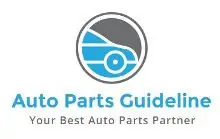


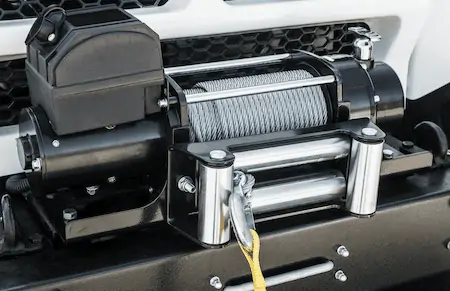

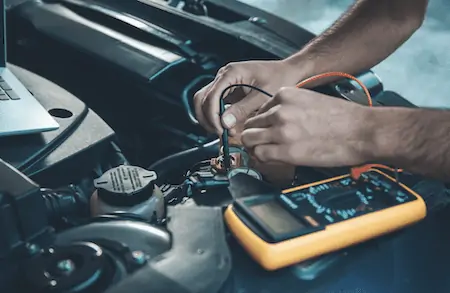
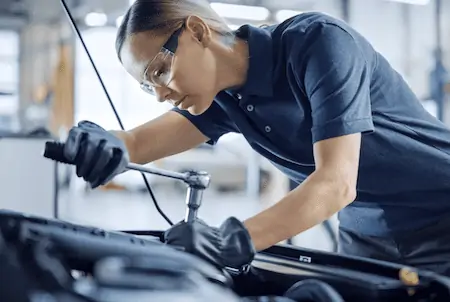


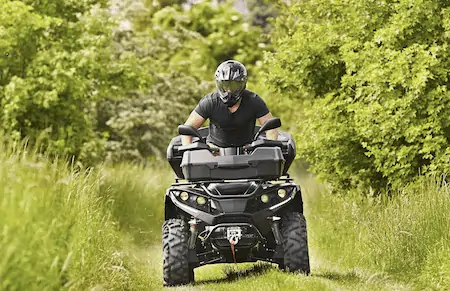

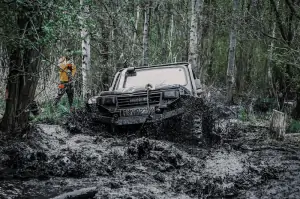

![Read more about the article How To Replace A Winch Cable? [10 Easy DIY Steps]](https://autopartsguideline.com/wp-content/uploads/2021/12/replace-winch-cable-300x212.webp)